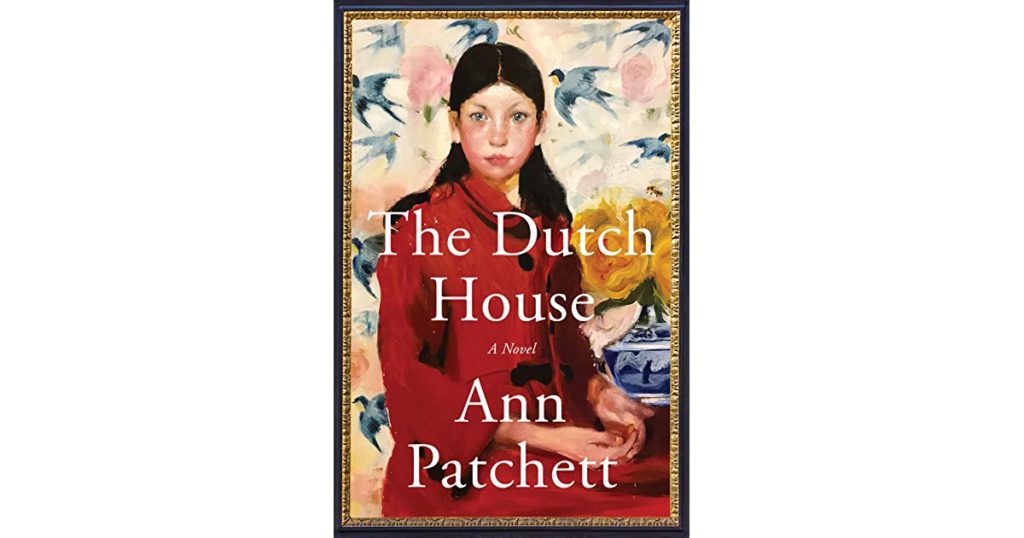Yes, Bob Moyer reads a lot of mysteries, detective stories and thrillers. But he also savors a good literary novel from time to time. Here’s one of his recent finds.
Reviewed by Robert P. Moyer
THE DUTCH HOUSE. By Ann Patchett. HarperCollins. 337 pages. $27.99.

Every now and then, a book comes along that reminds us why we read fiction, specifically novels. It’s not entertainment, not escapism — it’s life.
In a fairy-tale format, Ann Patchett takes us through three generations of the Conroy family, through five decades, poverty to riches to poverty to riches. A brother and sister live in paradise (The Dutch House), the wicked stepmother throws them out, the house hovers over their lives, and then the family returns to paradise. Her approach does nothing to minimize the humanity involved here; the brother/sister bond at the core of the book simply gains in power as the story develops, and evinces greater empathy.
Patchett proves once again that the most familiar relationships have the most power to engage us. Just as the lavish house looms over the neighborhood, so it looms over the life of the protective sister and her younger brother, the narrator…, “…the entire house sitting on top of me like a shell I would have to drag around for the rest of my life.” They cannot escape it and its ramifications.
And there is where the life of this book enters in. As they struggle through seemingly successful lives, the past keeps emerging from their history into the narrative. Patchett’s mastery makes the work of other writers look like pale detail inserted into their narrative, instead of emerging from the life of the characters and their dialogue. Time after time, a moment shows up in the narrative that connects directly to something that happened years before. In the middle of a breakup with his future wife, the brother thinks, “…I wanted to tell her to sit up straight.” It’s what his father told his sister so many times. “Everything would have gone so much better for her had she been able to sit up straight.” When the two are forced to face their past and some of the people from it, he returns again and again from New York to Pennsylvania to visit his sister, attending to the maintenance of her house, fixing drawers, all skills drawn from the years spent with his father maintaining property. He trains as a doctor, but abandons the training immediately upon graduation for a life in real estate. All the while, the two live a life against the world.
Until the conclusion. They “…stepped into the river that takes you forward.” In the many resolutions of love, forgiveness and acceptance that fill this book to overflowing, the fairy-tale format transforms into something that touches us and stays with us after we finish — life.